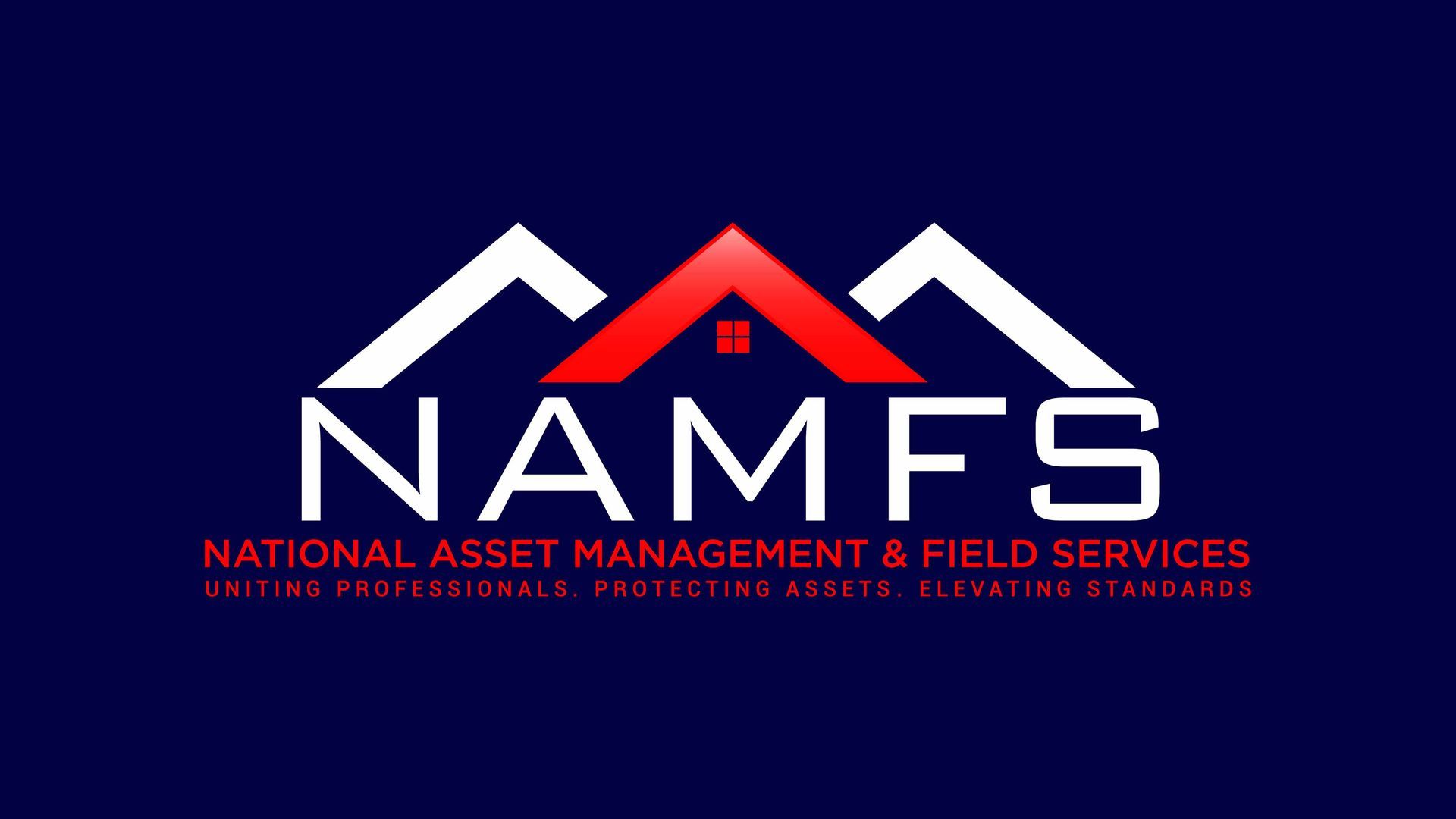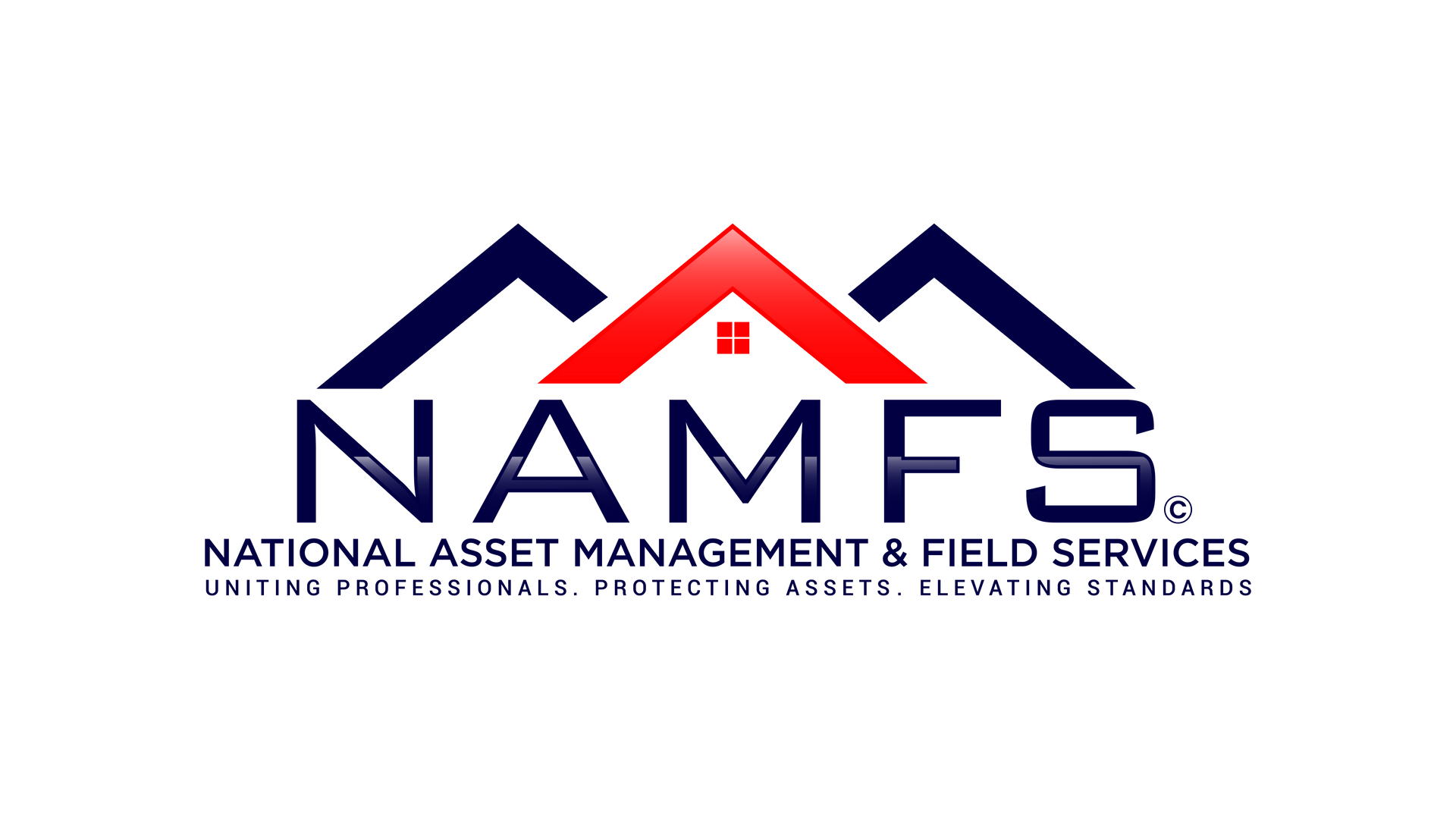Defining Work Order & Questionnaire Reporting
Building Accuracy, Accountability & Clarity in Field Communication
“Every question asked in the field and every work order dispatched is only as good as its design, execution and documentation — NAMFS is building the common language that ensures the promise is kept.”
Overview
Work orders and questionnaires serve as the operational backbone of the mortgage field services industry — defining what tasks are requested, who completes them, when they’re due, and how results are reported. Yet industry-wide inconsistencies in form, content, and evidence capture hamper reliability and efficiency. NAMFS developed the Defining Work Order & Questionnaire Reporting Standard to provide a unified framework for designing, distributing and analyzing field-level data that yield accurate, auditable, and actionable outcomes.
Problem Statement — Work Orders
Creating, assigning and completing work orders across multiple stakeholders present significant challenges:
- Task definition & location clarity: Work orders often lack consistent definition of location, due date, tasks requested or associated deliverables.
- Resource qualification & assignment: It’s essential to assign qualified vendors/field resources aligned with task and compliance needs.
- Question & evidence design: The wording of questions must match the competency of the field resource. Photographic or video evidence must be contextually linked, with clear labeling and limits.
- Workflow & result sharing: How questions/tasks are delivered to the field, how responses (and media) are returned to the requester, and how they are documented and stored, remains often undefined.
Problem Statement — Questionnaires
When deploying questionnaires for field data capture, additional layers of complexity emerge:
- Question clarity & structure: Questions must be clear, purpose-driven, appropriately sequenced, and aligned with the field resource’s capabilities.
- Scope vs. compensation: The time and effort to complete the questionnaire must correspond with the fee paid — overly long or complex builds reduce participation and accuracy.
- Media association: For each response, how many photos are required? What labeling, metadata, and evidence linkage is mandatory?
- Result flow & usability: After field capture, how will the responses and supporting documentation be shared, aggregated and reviewed by the requester?
NAMFS Standardization Initiative
In response to these challenges, NAMFS has developed and published detailed standards and working documents:
- Defining Field Questionnaire & Reporting PDF — Download here
- Defining Work Order Questionnaire & Reporting PDF — Download here
These resources provide:
- Defined templates for work orders and questionnaires
- Guidance on question design, sequencing and required media
- Standards for vendor assignment, evidence capture and data return workflows
- Baseline for integration into vendor and servicer platforms
Key Objectives
- Standardize Work Order Design – Clear fields for location, scope, due date, vendor assignment, deliverables.
- Uniform Questionnaire Forms – Standardized question types, required fields, media linkage and metadata.
- Vendor Qualification Alignment – Assign tasks consistent with field resource certifications and training.
- Evidence & Media Integration – Apply NAMFS media standards (photo/video) to questionnaires and work orders for consistency and auditability.
- End-to-end Workflow & Data Flow – Standard formats for task dispatch, field capture, data submission and client review.
Benefits to the Industry
- Greater accuracy in field work order task and questionnaire responses
- Reduced reworks and delays caused by unclear task or question design
- Better alignment of compensation to effort and complexity
- Enhanced evidence reliability and audit readiness
- Improved interoperability across vendors, servicers and technology platforms
How to Participate
NAMFS invites members, servicers, vendors and tech partners to adopt the standard and provide feedback. By standardizing work order and questionnaire documentation, we enhance trust, clarity and efficiency across the mortgage field services ecosystem.
Join the Standards Working Group to help refine, test and expand these templates.

